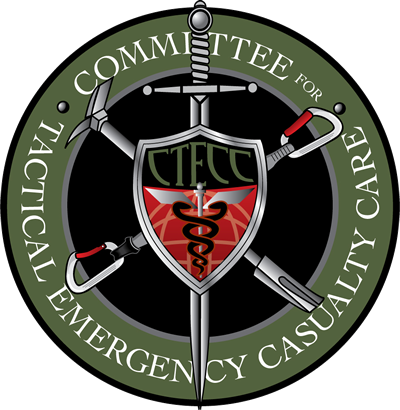Characteristics of survivors of civilian public mass shootings: An Eastern Association for the Surgery of Trauma multicenter study
The purpose of this study was to describe these characteristics to inform ideal preparation for Civilian Public Mass Shooting events. A multicenter, retrospective study of CPMS survivors who were treated at designated trauma centers from July 1, 1999 to December 31, 2017, was performed. Prehospital and hospital variables were collected. Thirty-one events involving 191 patients were studied. The median number of patients seen per event was 20 (5, 106), distance to each hospital was 6 (6, 10) miles, time to arrival was 56 (37, 90) minutes, number of wounds per patient was 1 (1, 2), and Injury Severity Score was 5 (1, 17). The most common injuries were extremity fracture (37%) and lung parenchyma (14%). Twenty-nine percent of patients did not receive paramedic-level prehospital treatment. Following arrival to the hospital, 27% were discharged from the emergency department, 32% were taken directly to the operating room/interventional radiology, 16% were admitted to the intensive care unit, and 25% were admitted to the ward. Forty percent did not require advanced treatment within 12 hours. The most common operations performed within 12 hours of arrival were orthopedic (15%) and laparotomy (15%). The most common specialties consulted were orthopedics (38%) and mental health (17%). Few CPMS survivors are critically injured. There is significant delay between shooting and transport. Revised triage criteria and a focus on rapid transport of the few severely injured patients are needed.
The purpose of this study was to describe these characteristics to inform ideal preparation for Civilian Public Mass Shooting events. A multicenter, retrospective study of CPMS survivors who were treated at designated trauma centers from July 1, 1999 to December 31, 2017, was performed. Prehospital and hospital variables were collected. Thirty-one events involving 191 patients were studied. The median number of patients seen per event was 20 (5, 106), distance to each hospital was 6 (6, 10) miles, time to arrival was 56 (37, 90) minutes, number of wounds per patient was 1 (1, 2), and Injury Severity Score was 5 (1, 17). The most common injuries were extremity fracture (37%) and lung parenchyma (14%). Twenty-nine percent of patients did not receive paramedic-level prehospital treatment. Following arrival to the hospital, 27% were discharged from the emergency department, 32% were taken directly to the operating room/interventional radiology, 16% were admitted to the intensive care unit, and 25% were admitted to the ward. Forty percent did not require advanced treatment within 12 hours. The most common operations performed within 12 hours of arrival were orthopedic (15%) and laparotomy (15%). The most common specialties consulted were orthopedics (38%) and mental health (17%). Few CPMS survivors are critically injured. There is significant delay between shooting and transport. Revised triage criteria and a focus on rapid transport of the few severely injured patients are needed.
